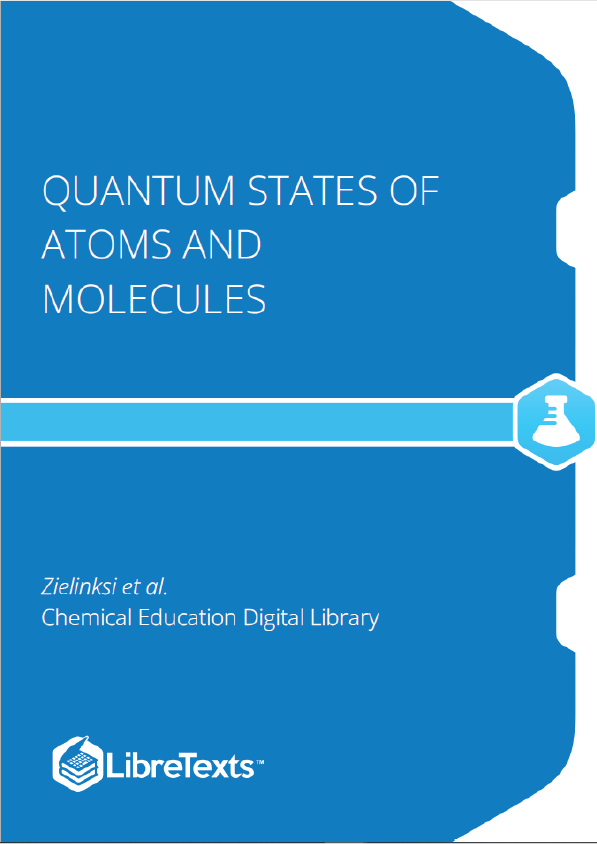1: Spectroscopy
Spectroscopy generally is defined as the area of science concerned with the absorption, emission, and scattering of electromagnetic radiation by atoms and molecules, which may be in the gas, liquid, or solid phase. Visible electromagnetic radiation is called light, although the terms light, radiation, and electromagnetic radiation can be used interchangeably. You will discover some properties of electromagnetic radiation in Activities 1 and 2.
Spectroscopy played a key role in the development of quantum mechanics and is essential to understanding molecular properties and the results of spectroscopic experiments. It is used as a “stepping stone” to take us to the concepts of quantum mechanics and the quantum mechanical description of molecular properties in order to make the discussion more concrete and less abstract and mathematical.
A spectrum is a graph that shows the intensity of radiation at different wavelengths or the response of the atomic or molecular system to different wavelengths of the radiation. Examples of absorption and fluorescence spectra are shown in Figures and . Figure : An absorption spectrum of anthracene. An absorption spectrum shows how much light is absorbed by a sample at each wavelength of the radiation. Absorption spectra generally are displayed in one of three different ways: as a plot of either the transmission (T), absorbance (A), or the absorption coefficient (ε) on the y-axis with the wavelength on the x-axis. Sometimes the absorbance is called the optical density (OD). If we define I0 as the intensity of light incident on a sample, I as the intensity of the light transmitted by the sample, d as the thickness of the sample, and c as the concentration of the absorbing species in the sample, then
Equation is a rearranged form of Beer’s law, as developed in a Problem at the end of this chapter. Each of the quantities I, , and ε are functions of the wavelength of the light being used.
Three different ways of plotting absorption spectra are used because each has particular advantages. The transmission function is simple. The absorbance condenses large variations by using a logarithm so reasonably-sized graphs show both large and small variations in light intensity. Also, the absorbance is proportional to a fundamental property, which is the absorption coefficient. The absorption coefficient is of interest because it can be calculated from the transition moment, which is a quantum mechanical quantity. In Chapter 4, we will use quantum mechanics to calculate transition moments for some molecules.











